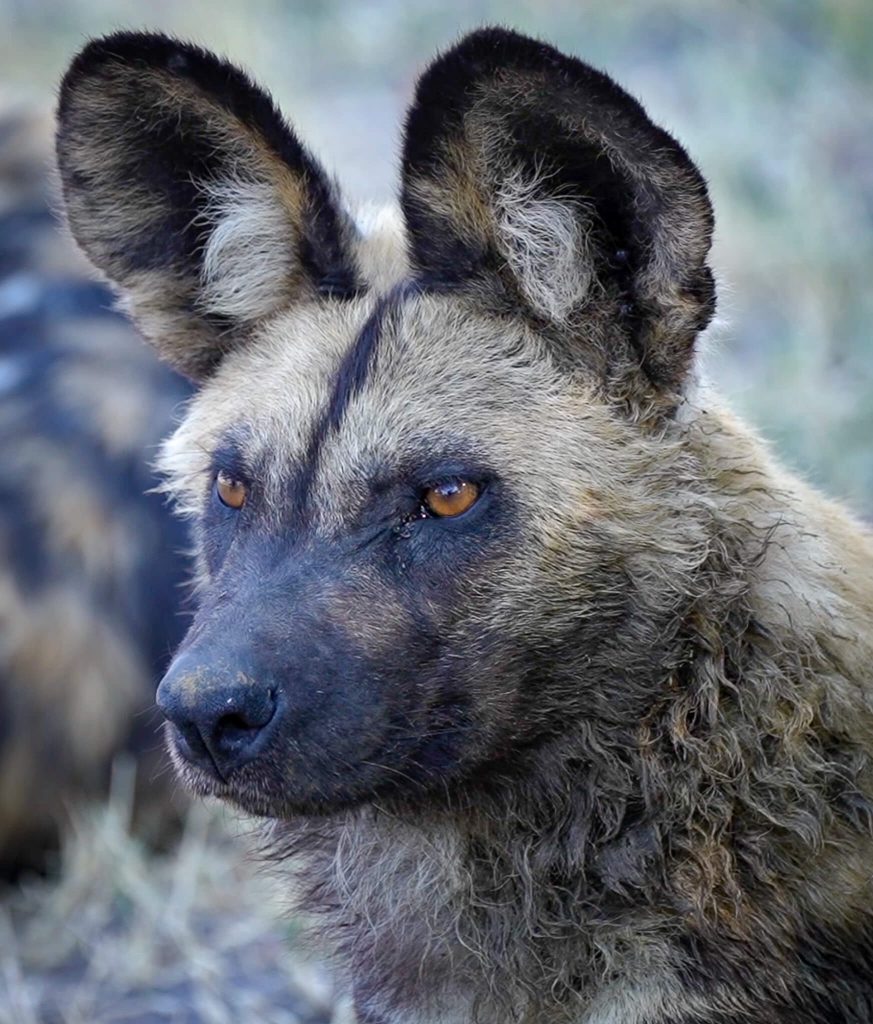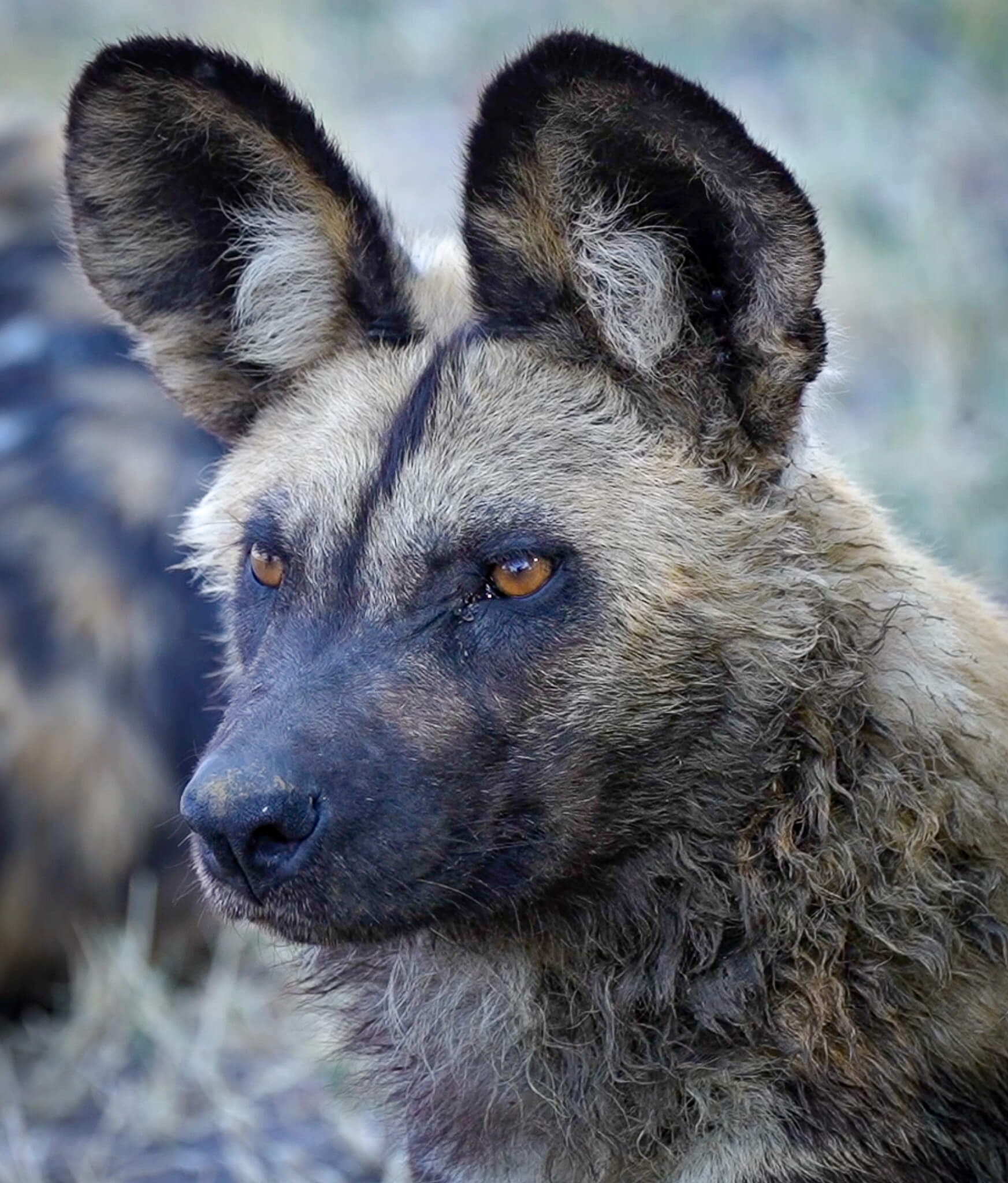
“Unique Brown Hyena Image Secures 2025 Wildlife Photographer of the Year Honor”

“Ghost Town Visitor” by Wim van den Heever, South Africa, Winner, Urban Wildlife & Wildlife Photographer of the Year 2025
“With sea fog rolling in from the Atlantic Ocean, Wim selected this location for his camera trap after discovering hyena tracks nearby. ‘It took me a decade to finally obtain this one single shot of a brown hyena, in the most ideal frame conceivable.’
Brown hyenas, the rarest hyena species globally, are primarily nocturnal and largely solitary. They are known to traverse Kolmanskop en route to hunt Cape fur seal pups or scavenge for carrion that washes ashore along the Namib Desert coastline.”
A decade of dedication has reaped rewards for Wim van den Heever, who earned the title of Wildlife Photographer of the Year 2025 for his haunting image of a rare brown hyena. The South African lensman utilized a camera trap to capture this photo, which depicted the creature hunting in an abandoned diamond mining town in Namibia.
The shot resulted from acute observation, as Van den Heever established his trap after spotting the hyena’s tracks. Outpacing over 60,000 other submissions, the accolade acknowledges his perseverance and expertise as a wildlife photographer. “This image is an eerie contrast of nature reclaiming human habitation,” comments competition judge Akanksha Sood Singh. “The picture is both haunting and captivating, as the lone hyena is central, symbolizing endurance amidst decay. This image tells a complex narrative of loss, resilience, and the quiet victories of the natural world, rendering it an unforgettable piece of wildlife and conservation photography.”
In the youth category, 17-year-old Andrea Dominizi claimed the title of Young Wildlife Photographer of the Year, becoming the first Italian to do so with a touching image that conveys a cautionary message. His photograph of a longhorn beetle in Italy’s Leppini Mountains, perched on a beech tree with industrial machinery in the background, is both technically proficient and visually impactful. These beetles serve an essential function in the ecosystem, and disrupting their habitat for logging or other activities has far-reaching consequences.
These are merely two outstanding photographs that received accolades in this year’s competition, which also presented 19 category awards. All winning photographs will be showcased at London’s Natural History Museum from October 17, 2025, to July 12, 2026.
Here are the distinguished winners of the esteemed 2025 Wildlife Photographer of the Year contest.
“After the Destruction” by Andrea Dominizi, Italy, Winner, 15 – 17 Years
“Andrea spotted this longhorn beetle while walking in the Lepini Mountains of central Italy, in a region previously logged for old beech trees. Utilizing a wide-angle lens and off-camera flash, he positioned the beetle against derelict machinery.
Andrea’s photograph narrates a poignant tale of habitat depletion. As longhorn beetles burrow into dead timber, fungi infiltrate, aiding in decomposition and nutrient recycling. If the beetles’ habitat is disrupted or annihilated, the repercussions resonate throughout the entire ecosystem.”
“Visions of the North” by Alexey Kharitonov, Israel/Russia, Winner, Portfolio Award
“This lake, located in the marshlands of Svetlyachkovskoye Swamp in northwestern Russia, had recently frozen, its surface lightly coated with freshly fallen snow. As sections began to melt, spider-like fissures developed across dark, snow-less patches.
Alexey Kharitonov (Israel/Russia) discovers artistry in unexpected angles throughout Russia’s northern wetlands.
Employing drones, he captures intricate details in these expansive landscapes, highlighting their wild splendor through striking compositions. Yet amidst this visual bounty lie human-imposed threats, particularly an urgent susceptibility to climate change.”
“Frolicking Frogs” by Quentin Martinez, France, Winner, Behavior: Amphibians and Reptiles
“In steady rain, Quentin navigated a flooded path to a temporary pool within a forest clearing. He captured this scene with a wide-angle lens and utilized a diffused flash, ensuring the frogs were undisturbed to emphasize their metallic luster.
To attract partners, lesser tree frogs emit brief, sharp calls. Large numbers congregate, and the remarkable breeding event—prompted by heavy rains—lasts merely a few hours.”
“Caught in the Headlights” by Simone Baumeister, Germany, Winner, Natural Artistry
“To create this kaleidoscopic effect, Simone reversed one of the six glass elements in an analogue lens. This caused the image edges to distort while keeping the center sharply defined. She then cropped the image to shift the spider slightly off-center.
In urban settings, orb weaver spiders frequently construct webs near artificial lights that lure insects at night. The web acts as an extension of their sensory apparatus, collecting sound and relaying vibrations, including those from prey, to